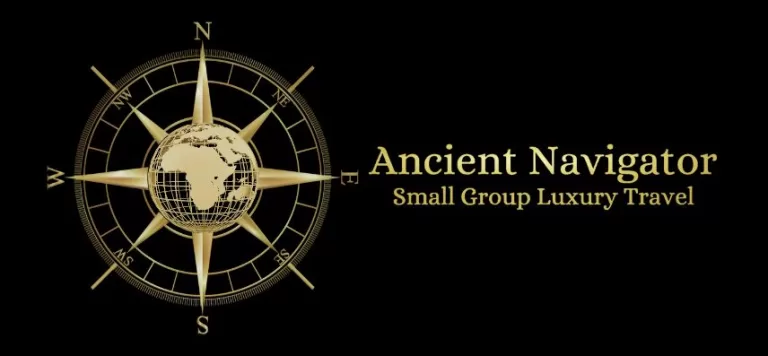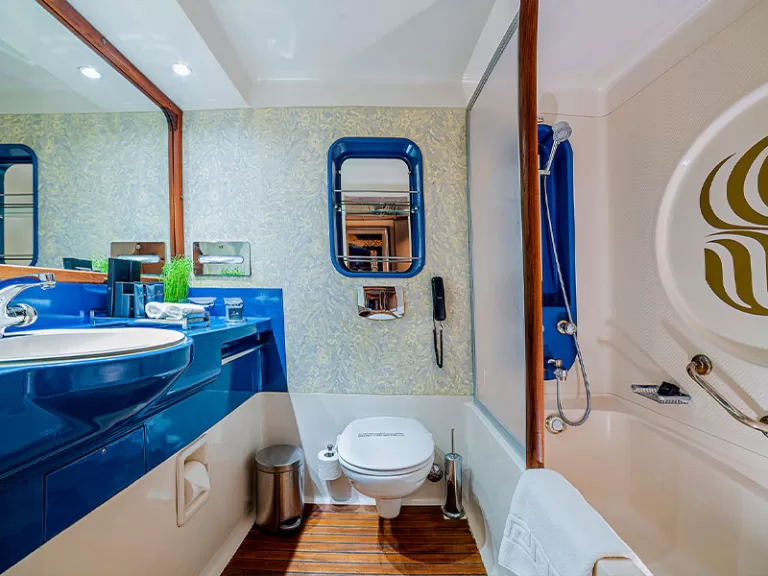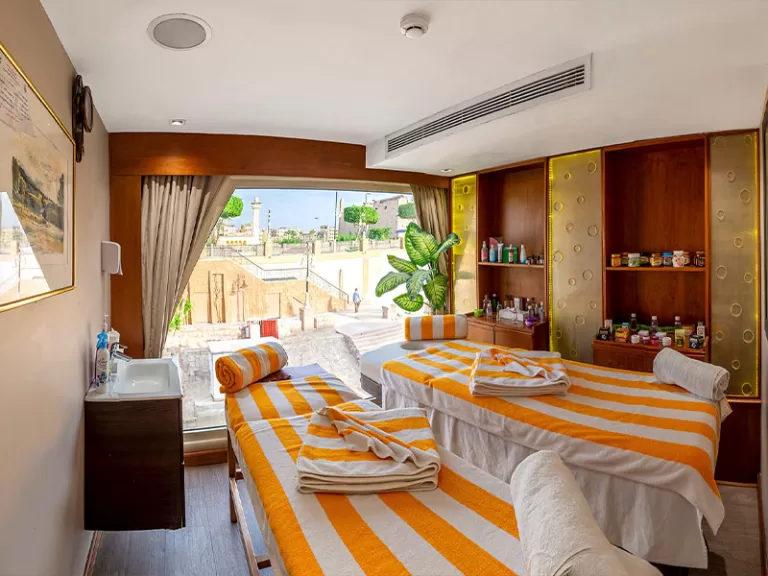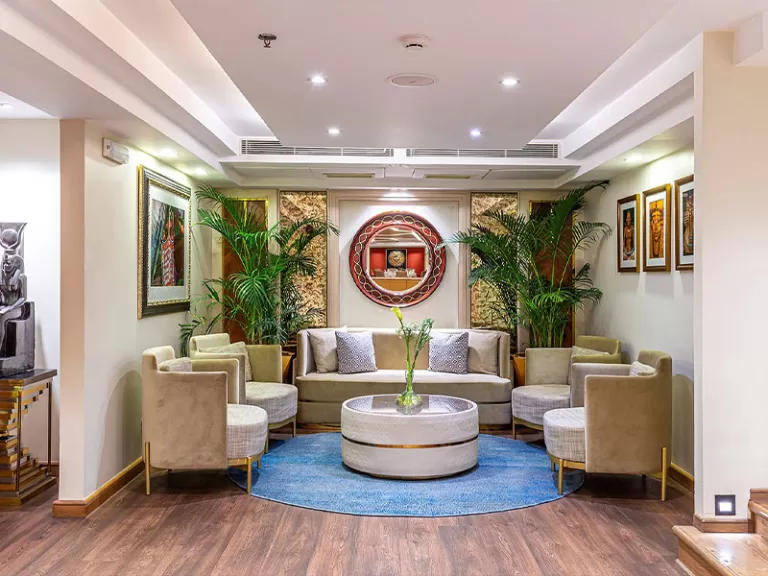Top 3 Must-Visit Tombs in the Valley of the Kings (Beyond King Tut)
Table of Contents
The Valley of the Kings, a cradle of ancient Egyptian civilization, has fascinated explorers and travelers for centuries. Hidden within this barren landscape on the west bank of the Nile lies a treasure trove of pharaonic tombs, each offering an intimate glimpse into the lives, beliefs, and grandeur of Egypt’s greatest rulers. Over 60 tombs are carved into these limestone cliffs, making the Valley a historical jackpot for any visitor.
But here’s the catch: with so many tombs to choose from, how do you make the most of your visit? That’s where Ancient Navigator comes in. Our luxury tours not only guide you through the Valley but ensure that you experience the highlights in a way that blends history, awe, and exclusivity.
Every Ancient Navigator tour includes a visit to the world-famous tomb of King Tutankhamun, along with the option to explore three additional must-see tombs. If you’re ready to step into a world of mystery, art, and timeless majesty, keep reading. By the end, you’ll have everything you need to plan a visit you’ll never forget.
King Tutankhamun’s Tomb (KV62): A Treasure Frozen in Time
There are famous tombs, and then there’s King Tutankhamun’s tomb. Known as KV62, this small but breathtaking burial site captured global attention in 1922 when British archaeologist Howard Carter unearthed it after years of searching. The discovery became a sensation, revealing not only the golden treasures buried with the young pharaoh but also a sense of mystery that continues to surround King Tut today.
Why It’s a Must-Visit
King Tut’s tomb isn’t just famous—it’s legendary. Unlike most tombs in the Valley, which were looted in antiquity, Tutankhamun’s resting place was nearly untouched when Carter entered it. The treasures found inside—golden chariots, jewelry, the iconic golden death mask—offer a glimpse into the unparalleled wealth and artistry of ancient Egypt. While the treasures have since been moved to museums, stepping inside the tomb still gives you chills as you walk where history was made.
What to Expect
Though smaller than other royal tombs, Tut’s tomb is rich in detail. The walls feature colorful depictions of Tutankhamun’s journey to the afterlife, and his stone sarcophagus still houses his mummified remains. It’s a humbling experience to stand in the room where the boy-king was laid to rest more than 3,000 years ago.
When you tour with Ancient Navigator, visiting King Tut’s tomb is non-negotiable—it’s the crown jewel of the Valley of the Kings. But the magic doesn’t stop there. Let’s explore three more tombs that will leave you just as mesmerized.
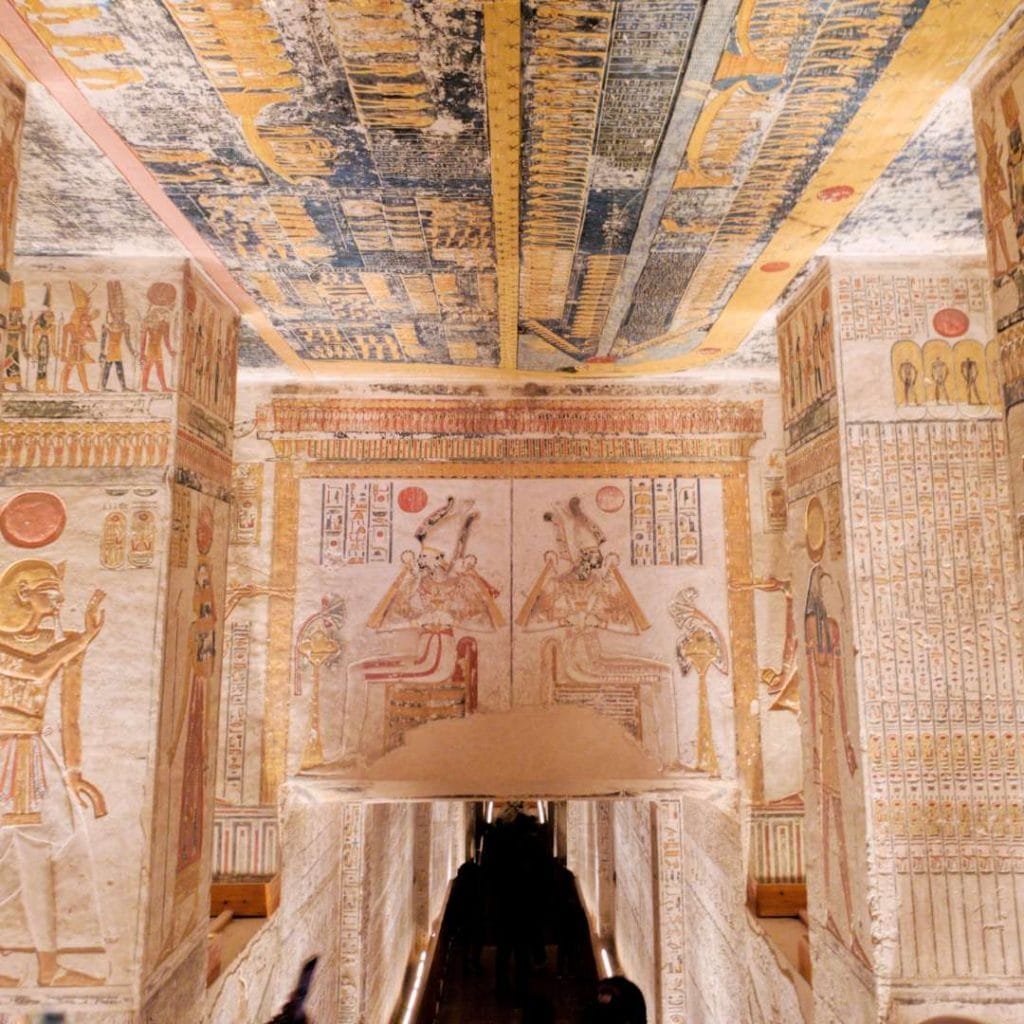
Tomb of Ramses VI (KV9): A Celestial Masterpiece
If King Tut’s tomb is the heart of the Valley, the Tomb of Ramses VI is its soul. Known as KV9, this grand burial site is a celebration of life, death, and the cosmos. Ramses VI ruled during the 20th Dynasty and was buried in a tomb originally begun for his predecessor. Despite this, the tomb was finished with incredible artistry that has made it a favorite among visitors.
Highlights
What sets this tomb apart are its elaborate celestial decorations. The ceiling of the burial chamber is a work of art, depicting Nut, the goddess of the sky, arching her body over the heavens. These images, along with the beautifully preserved wall carvings, illustrate ancient Egyptian beliefs about the afterlife. The walls also feature the Book of Gates and the Book of Caverns, sacred texts that narrate the sun god’s journey through the underworld.
Why It’s a Must-Visit
Few tombs can match the visual impact of Ramses VI’s burial chamber. The vibrant colors and intricate details of the paintings are astonishing, offering a sense of connection to the pharaohs and their spiritual beliefs. Whether you’re an art lover or a history enthusiast, KV9 will leave you speechless.
Tomb of Seti I (KV17): A Monument to Grandeur
Welcome to the longest and deepest tomb in the Valley of the Kings: the Tomb of Seti I. Known as KV17, this tomb was designed to reflect the power and sophistication of one of Egypt’s most successful rulers. Seti I, the father of Ramses II, was a military genius and builder whose legacy endures to this day.
Highlights
The sheer scale of Seti I’s tomb is awe-inspiring. Its 11 chambers and winding corridors stretch over 450 feet into the mountainside, creating a labyrinth of art and symbolism. Each wall tells a story, featuring stunning reliefs and paintings that depict Seti’s journey through the underworld. The craftsmanship here is unmatched, showcasing a level of precision that speaks to the grandeur of Egypt’s New Kingdom era.
Why It’s a Must-Visit
If you want to experience ancient Egyptian artistry at its finest, KV17 is the place to be. The vibrant colors, intricate hieroglyphics, and sheer size of the tomb make it one of the most impressive in the Valley. A visit here will leave you with a newfound appreciation for the engineering and artistic skills of the ancient Egyptians.
Tomb of Horemheb (KV57): The Forgotten Gem
Tucked away among the more famous tombs is KV57, the Tomb of Horemheb. As the last pharaoh of the 18th Dynasty, Horemheb played a pivotal role in transitioning Egypt out of the Amarna Period, a time of religious upheaval under Akhenaten. His tomb reflects this transition, blending traditional and experimental art styles.
Highlights
Horemheb’s tomb is known for its unique artwork, which bridges the gap between the revolutionary Amarna Period and the return to more classical styles. Scenes of the pharaoh’s military achievements and religious devotion line the walls, offering a glimpse into the politics and culture of the time.
Why It’s a Must-Visit
KV57 is less crowded than other tombs, giving visitors a chance to enjoy its beauty in relative peace. The tomb’s transitional artwork is fascinating, providing insight into a pivotal era in Egyptian history. For those seeking something off the beaten path, Horemheb’s tomb is a hidden treasure.
What to Expect When Visiting the Valley of the Kings
Planning a visit to the Valley of the Kings can feel overwhelming, but with Ancient Navigator, every detail is taken care of. Here’s what you need to know:
- Dress Comfortably: The Valley can get hot, so light, breathable clothing is a must. Don’t forget sunscreen and a hat!
- Timing Is Everything: Early morning visits offer cooler temperatures and fewer crowds, making your experience more enjoyable.
- Bring a Camera (but Check the Rules): Photography is allowed in most tombs, but flash photography is prohibited to preserve the artwork.
- Expert Guidance: Our knowledgeable guides provide fascinating insights into each tomb, turning your visit into a journey through time.
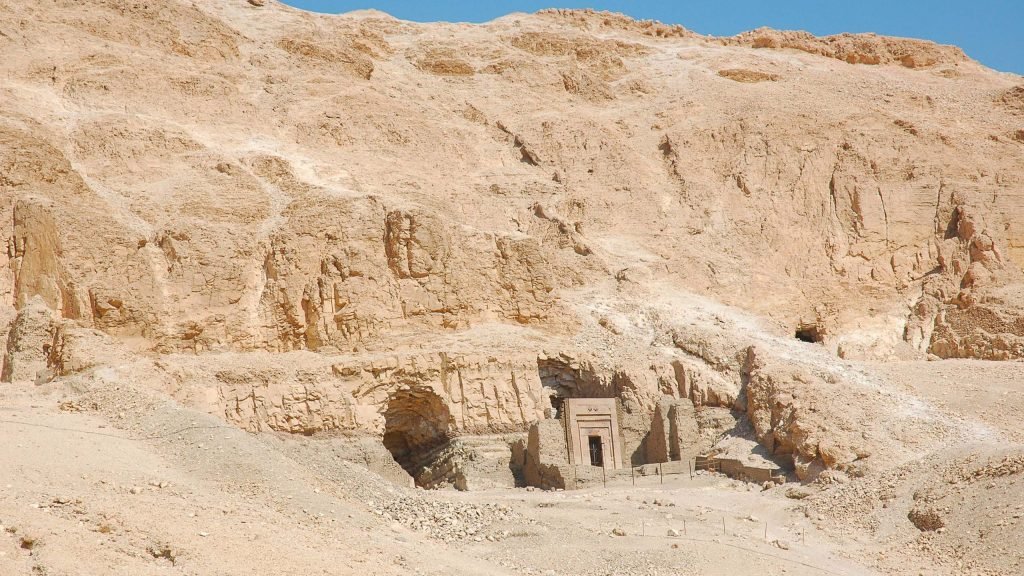
Why Choose Ancient Navigator?
At Ancient Navigator, we don’t just show you the sights—we immerse you in them. Our luxury tours are designed for discerning travelers who want to experience Egypt in style and comfort, with exclusive access and expert guides ensuring every moment is unforgettable. When you tour the Valley of the Kings with us, you’re not just a visitor—you’re part of a legacy that spans millennia.
The Valley of the Kings is more than a destination—it’s a journey into the heart of ancient Egypt. From the iconic tomb of King Tutankhamun to the celestial wonders of Ramses VI, the grandeur of Seti I, and the artistry of Horemheb, every tomb tells a story. With Ancient Navigator, you don’t just see history—you live it. Ready to start your adventure? Book your tour today and let us guide you through the treasures of the past.
Your journey through the Valley of the Kings is waiting. Will you answer the call?

